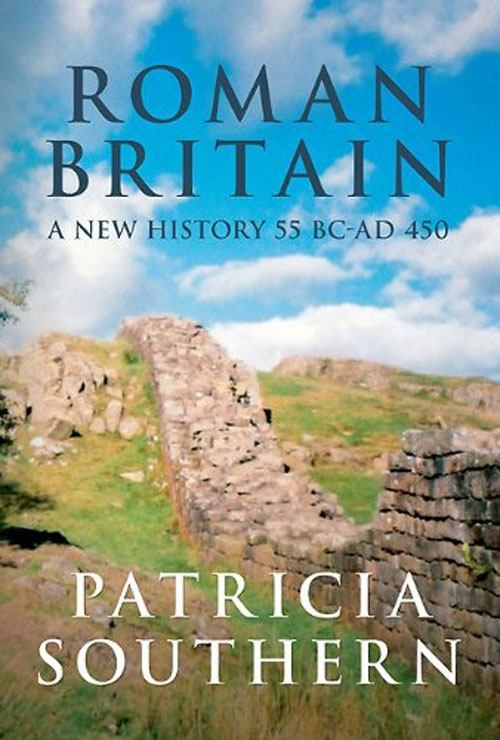Roman Britain. A New History 55 BC-AD 450
Review

Roman Britain. A New History 55 BC-AD 450, Patricia Southern, Amberley, 2013, paperback, 464 pp., £12.99, ISBN 9781445611907
Boldly billed as ‘the most authoritative history of Roman Britain ever published for the general reader', this readable and engaging analytical narrative by an author with an extensive track record of twelve books to her name, encompassing both the history of the city of Rome as well as its extensive empire, claims rather more in its publisher's blurb than it delivers. Whether this paperback version of a book originally published in 2011 supersedes all other books in its field, including, for example, Guy de la Bedoyere's Roman Britain. A New History, published by Thames and Hudson in 2006, which also skilfully combines analytical narrative with thematic discussion, whose title Southern appropriates with the perfunctory addition of inclusive standard dates indicating the chronological scope of the volume, remains debatable.
The book is accessibly structured, if rather prosaic, in some of its chapter headings (‘First Contact 55BC to AD 43'; ‘Drawing the Lines AD 96 to 138'; ‘Destruction and Reconstitution AD 367 to 395; ‘Transition and New Beginning AD 395 to c. 450') and rather bland in some of its statements within the text such as ‘The Romans and the Britons were just like us, but then again they weren't'. However, there is a useful appended chronology, glossary, gazetteer of Roman place names and suggestions of places to visit, together with a helpful digest of the writings of the principal ancient texts relating to Roman Britain and a select bibliography, which students will find invaluable.
In addition, text boxes are utilised to provide more detailed explanations of some interesting supplementary specific aspects such as inscriptions, literacy, bathing and shopping, extending beyond the chronological narrative, though they appear somewhat incongruous within the book's necessarily compact paperback format, which also confines nearly one hundred, appropriately contextualised illustrations, ranging from line drawings to full-colour photographs, within a very tightly compressed, centrally clustered section.

